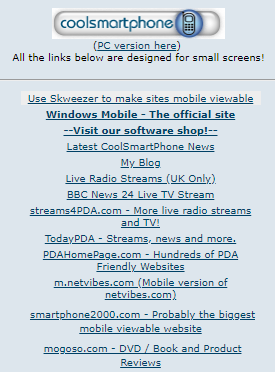Not many are aware of the simply massive change that has happened on the web in recent years. It’s not too long ago that most sites has a completely separate mobile website. It was a cut-down version of the desktop version, with less functionality. Not only that, but because it wasn’t seen as a priority, it was usually updated less and had less attention given to it.
Now we’re all increasingly connected to mobile technology, with around 96% owning a cellphone in America. An American Community Survey shows that more than two thirds of people now access the internet via mobile devices. This is why the previous ideas of “desktop first” have had to very quickly go in the bin. After the separate mobile website idea started to become old news, the next step was to try and make a website that worked on certain smaller screen sizes, however this plan was quickly abandoned as more and more smartphones (with more and more screen sizes) quickly appeared on the market. Now the importance of responsive, mobile-centric design cannot be understated. It is an absolute necessity if businesses and other online retailers are to stay ahead of the game. These are just a few top trends to watch out for to ensure mobile users stay glued to your site.
Hidden Menus
There’s only so much screen real estate! This means that your customers can easily get bogged down when there’s too much text, too many buttons, menus or text which ruins the whole experience. Clean and minimal web designs are in, as are toggled or ‘hamburger’ menus, which are basically three short, horizontal lines. Audiences use these intuitively, knowing that one touch will reveal a menu that indicates products, services, and other key information they expect to find on a page.
 From the moment clients click onto your site, they need to be able to know where they are, how to get to the information they want, and how to get back. Clear navigation is just as important as fast loading times; when either of these two ingredients are absent, users can click off and turn to a competitor.
From the moment clients click onto your site, they need to be able to know where they are, how to get to the information they want, and how to get back. Clear navigation is just as important as fast loading times; when either of these two ingredients are absent, users can click off and turn to a competitor.
Optimized images
Although 4G and 5G are delivering rapid internet speeds to mobile users, nobody wants to wait for large and complicated pictures to appear. For this reason, images are loaded only when they appear in the “viewing portal” – i.e. the part of the page you’re looking at. Also, images are optimized so that the full-resolution (big) picture is only loaded once you’ve clicked once or twice on it.
Font resizing for different sizes of screens
Fonts should be resized to fit smaller screen devices, without the whole user experience suffering. Even though most fonts can be legible at approximately the same size, modern-day designers are opting for 16px as the default mobile font size. Smaller fonts are useful for sites with interaction-heavy pages. Larger sized fonts, meanwhile, are ideal matches for text-heavy pages or those containing a hard-to-read font like Futura or Monotype Corsiva.
Non-traditional scrolling
There are two big trends dominating scrolling styles; one is the single long-scrolling page, which is very user-friendly and practical, especially for reading longer posts such as blogs or articles. Another is far more innovative: non-traditional scrolling, which is horizontal and which depends on a simple swipe to the left. This scrolling style is highly visual yet simple and functional. It is ideal for products and services with high aesthetic appeal – including food, travel and fashion.
There is no doubt that mobile-friendly design is crucial at a time in which the vast majority of users rely on mobile devices to buy their stuff or investigate. Hidden menus, optimized graphics and font resizing are just three of the tools that add simplicity and practicality to the user experience. Horizontal scrolling, meanwhile, adds a dash of artistry that is ideal for companies that are highly design-dependent.

